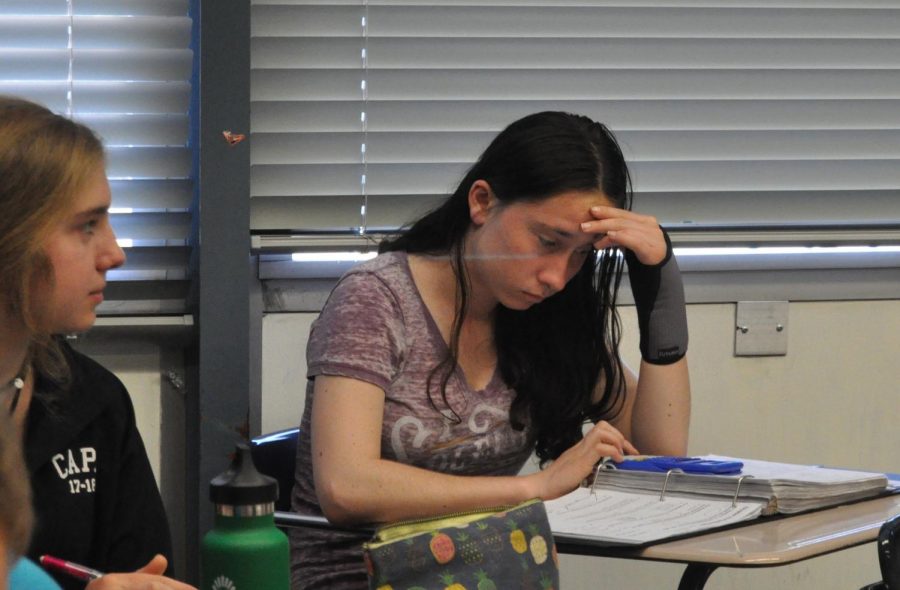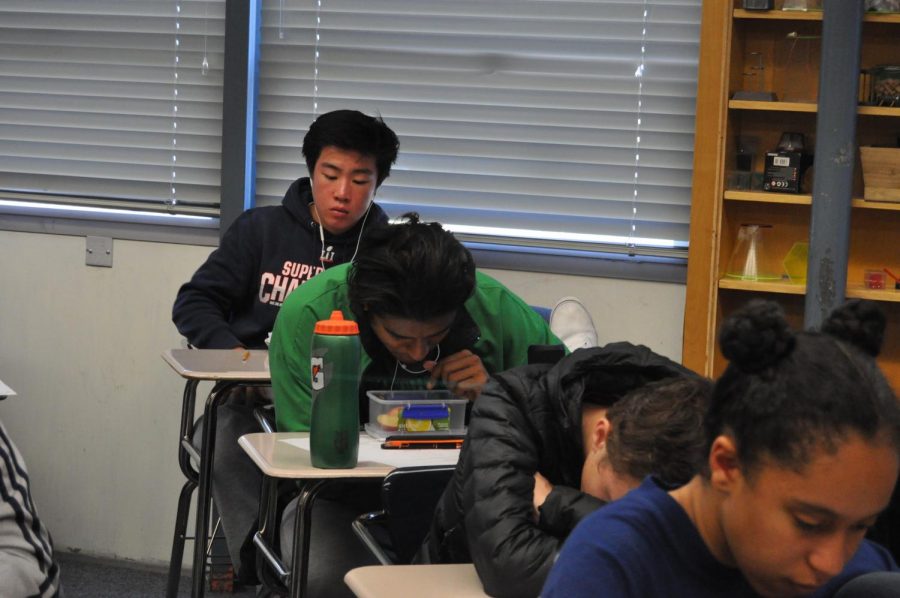True Campus Culture Jeopardizes Mental Health
May 17, 2018
May is mental health awareness month; Leadership is working hard to promote the new “wellness center.” But do teachers and the administration truly value student mental health, or is this merely a front to protect the school’s reputation?
The wellness center is a space that features comfortable seating, snacks, and activities like coloring or board games to help rejuvenate students. Unfortunately, while this “solution” may allow the district to say that it is responding to growing mental health issues among students, it does nothing to reduce the sources of student stress; the unhealthy demands placed upon students continue to escalate.
The real problem is the “culture of achievement” that continues to be cultivated by the school and community. It is an environment that defines success narrowly, and demeans those who fail to follow the accepted path. This is why we need a sanctuary on our campus. But once we step out of the sanctuary, we are right back under the same destructive pressures that forced us to the sanctuary in the 1st place. How is this healthy living?
No wonder some students feel like they don’t have much of a chance.
Suicide is the 3rd leading cause of death among adolescents ages 15 to 24, and 20% of teens experience depression before they reach adulthood, according to the Centers for Disease Control and Prevention.
On May 8, a student at San Ramon Valley High school committed suicide while on campus. It was an unthinkable tragedy. Yet, Campolindo staff and faculty have failed to address this topic via email, an assembly, or provide any support for their own students, many of whom are facing the same pressures experienced by those in their neighboring district.
Freshman Kennedy Merrion, who has friends on the San Ramon Valley campus, worries that staying silent about an incident that she and most of her peers have heard about, is a mistake. “I think [Campolindo] should have acknowledged [the incident] by showing that anybody’s here for you and opening up resources because there are rumors going around.”
The San Ramon Valley tragedy is a wake-up call for all high-pressure school communities. It is a problem that requires more than a wellness center to adequately solve.
Campolindo needs to do more to defuse its highly competitive and dangerously judgmental atmosphere. Campolindo’s academic reputation comes at the expense of student health. The community suffers from a “shame culture” that pressures teens to sacrifice mental health in order to meet enormously high and extremely narrow expectations of success: Elite college acceptance, lucrative career paths, and social popularity.
This flawed culture is fueled by the false understanding of student intelligences and an unwillingness to acknowledge that success comes in many forms. While the administration hasn’t directly contributed to this issue, they haven’t done much to stop this problematic interpretation of success and the peer shaming that occurs as a result: counselors and college advisors constantly push AP classes, imply the need for robust extra curricular involvement, and generally cultivate a belief that students are fighting for their futures with every class, every test and every decision they make.
As the “celebration” of mental health awareness month continues, consider whether Campolindo is recognizing this national holiday because it believes it to be the most important aspect of a learning environment— or because it simply wishes to check another box in its effort to achieve its own narrow definition of success.


